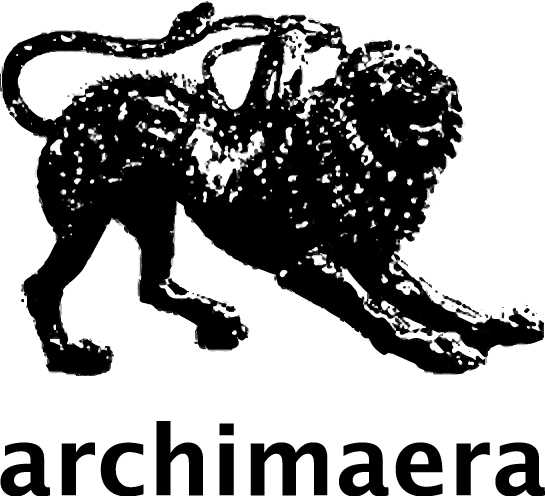The Rear as an Unintentional Façade
DOI:
https://doi.org/10.60857/archimaera.9.185-98Abstract
The design for Thomas Le Roy’s palace in Rome, although conditioned by the small, irregular site, was conceived as a C-shape plan around a square courtyard, in order to provide a sophisticated, celebrative route leading from the opaque, solid facade in Vicolo dell’Aquila to the loggia at the noble floor. When the building was still under construction, Paul III Farnese pro- moted urban works that caused the demolition of part of the insula the pa- lace belonged to and exhibited its previously hidden rear on Via dei Baul- lari, turning it into the most visible part of the palace. From that moment onwards, both the works of the different owners and the graphical inter- pretations provided by artists from XVII to XIX century contributed to con- note the verso as the new recto. While the original experience of the palace is being gradually lost, the rear is elected as an unintentional façade, condi- tioning the Farnesina’s role and development till the 20th century.
Downloads
Veröffentlicht
2021-03-16
Ausgabe
Rubrik
Artikel

